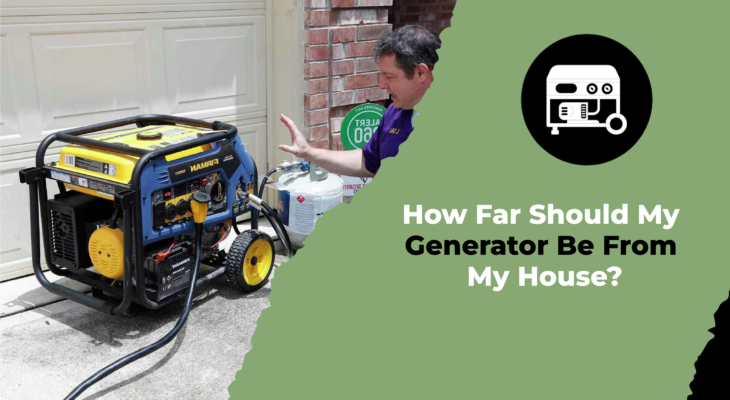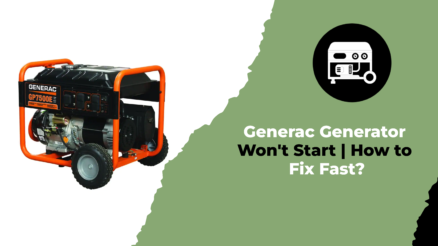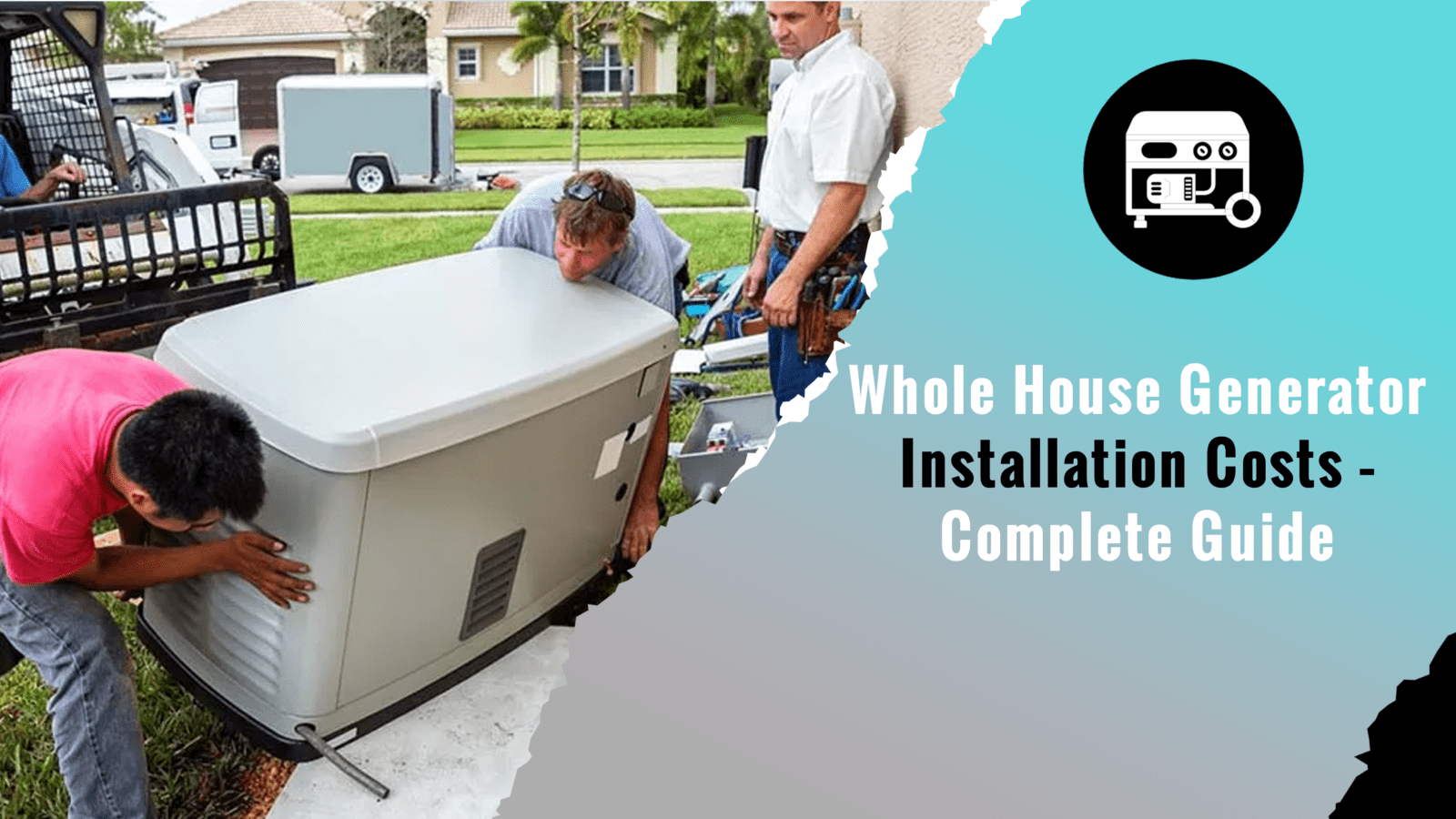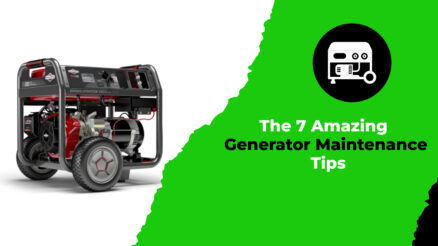Knowing how distant your generator should be from your house should be one of your top priorities whenever you use a generator. Nowadays, since every device depends on energy, generators are a must. However, if the generator is not positioned reasonably from your home, it might severely threaten your health. We know that generators should be placed outside, but what is the exact distance between the house and the generator?
The generator must be situated at least 18 inches or 1.5 feet from the home and 60 inches from any windows or doors. Experts, however, strongly advise keeping the generator a minimum of 20 feet away from the house. The location, kind of generator, and local construction codes are the critical distance determinants.
This article discussed how to use a generator safely, a few safety tips, and many more. So if you’re ready, let’s get started!
Is It Safe To Run A Generator In The Garage?
In a garage, running a portable generator is unsafe; the reason behind that is the generator releases CO, poisonous, and odorless gasses. Carbon monoxide (CO), produced by generators, can accumulate and cause illness or even death if there is no ventilation. It is crucial to remember that you should never operate a generator inside of a closed area, including your garage.
How Far Should My Generator Be From My House?
Your generator size and type will determine how far away you should stay because larger generators release more dangerous gasses. Municipalities often demand a 10-inch minimum clearance from your home. To lower the risk of carbon monoxide poisoning, it is strongly advised to maintain a distance of at least 20 inches.
If you’ve got a large yard and plenty of room at your home, be careful not to jeopardize your comfort, and instead of setting your generator at a distance of 20 inches, set it at a distance of 20 feet to be cautious.
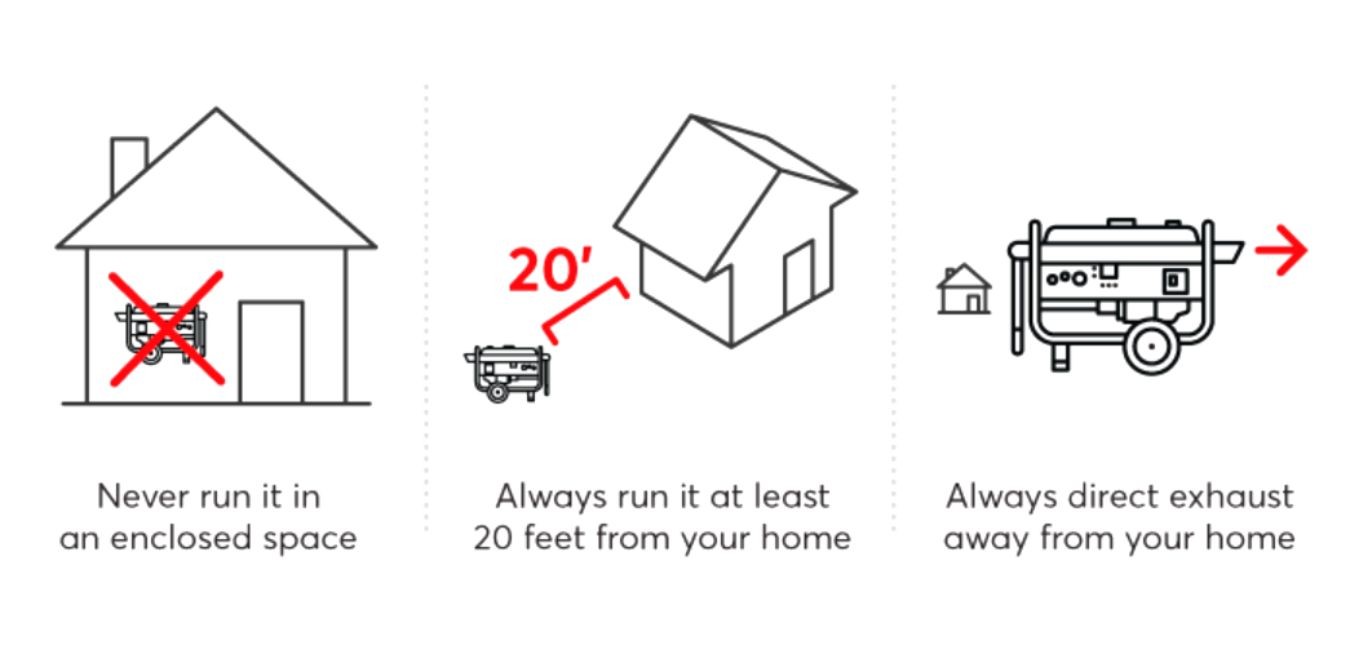
Before purchasing a generator, it is crucial to review the local building or area codes to learn about the safety precautions. When a generator is placed too close to your home, carbon monoxide gas can enter your home, seriously impair respiration and cause death.
A generator releases carbon monoxide, which is extremely damaging to human lungs; thus, keeping a safe distance from one is crucial. Due to improper controls, generators leak carbon monoxide much higher than automobiles.
Simply know the sort of generator you have and the variables that may have an impact on the distance if you would like to know the safe space for your generator.
Are Generators safe?
We know that many people are worried about generators; many find it safe to use the generator, and others do not. But according to us, it depends on the condition, whether you use a generator outdoors or indoors. Yes, using a generator in an open area with proper ventilation is safe.
But they were using a generator in the garage and indoors not at all because the device poses several risks, including electrocution and combustion. Still, the most common cause of generator-related fatalities is carbon monoxide, an odorless, colorless gas that accumulates fast in confined places. It can be fatal in only five minutes if the levels are too high.
Can You Run Generator Indoor?
Most security experts say running a generator in a garage or enclosed area is terrible.
Some people might think that this is being overstated. It is not, though. Operating a generator indoors may expose you to the following risks:

Carbon monoxide(CO)
Carbon monoxide is released when the generator is running. People can be poisoned by CO (carbon monoxide), a colorless and odorless gas, without even being aware. In reality, individuals can pass away if they have 50% carbon monoxide in human blood for several hours.
Poor ventilation
Ventilation is lacking in any confined place. Therefore, the carbon monoxide released by the running generator can only remain within. Carbon monoxide accumulates over time, which is highly harmful because this gas is colorless and odorless, making it extremely simple for ordinary people to overlook.
flammable and toxic fumes
When using a generator indoors, you must be concerned about the hazardous fumes released by the generator in addition to the carbon monoxide. These vapors are less dangerous than carbon monoxide, even though they are more immediately detectable. They can even be more hazardous than CO because of their explosive characteristics. Complete homes have been known to explode when combustible vapors fill the home’s interior spaces.
So, if you think running a generator indoors is safe, then you’re wrong. You can’t run a generator indoors.
How To Run A Generator Safely – Safety Tips
Generators are not toys, and they are electrical devices that can cause a potential hazard if not run properly. Below we have discussed how you can run a generator safely:
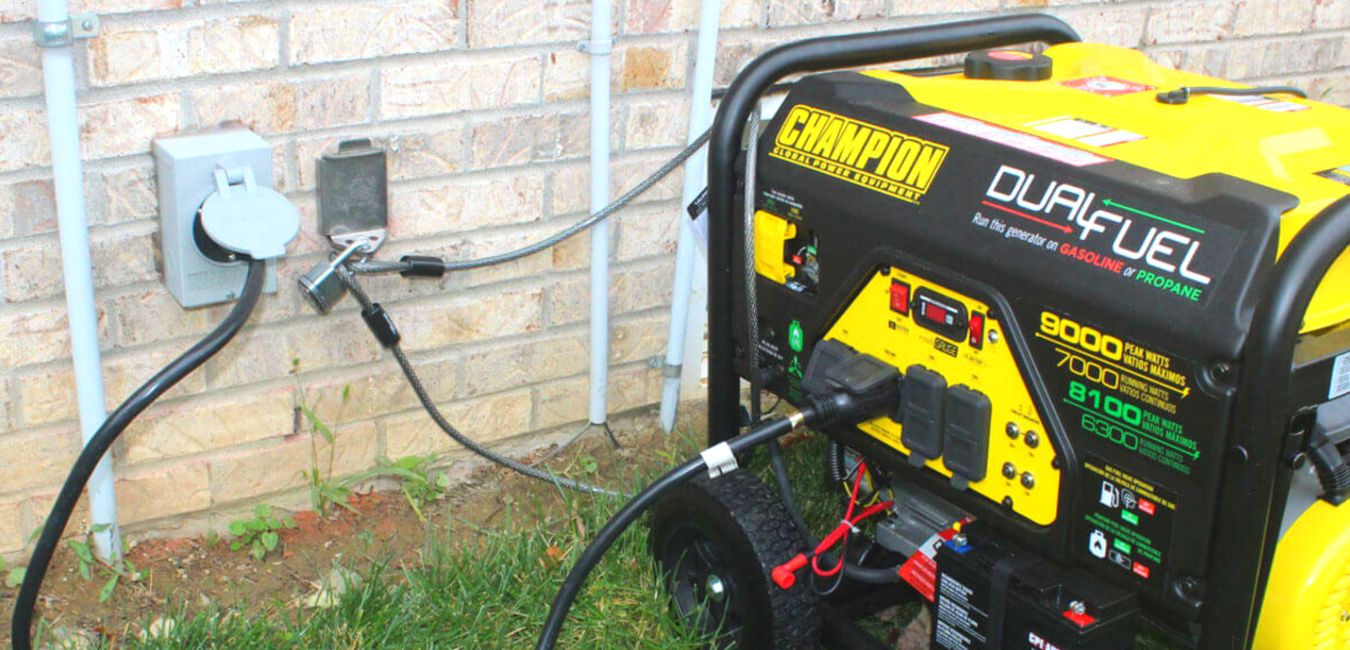
- Never use a portable generator when it is raining. You can purchase generator tents online, in home centers, and in hardware stores. These tents keep your generators protected while maintaining good ventilation.
Never use a portable generator when it is raining. You can purchase generator tents online, in home centers, and in hardware stores. These tents keep your generators protected while maintaining good ventilation. - A gas-powered generator should be turned off and allowed to cool before refilling. On heated engine components, gasoline can burn. Additionally, letting the engine cool lowers the chance of getting burned during refilling.
- Store excess fuel safely and in large quantities. You should have sufficient fuel on hand if you anticipate using the generator for a lengthy time. Only keep gas in ANSI-approved containers in cold, well-ventilated areas. The gas in the container can last longer if the stabilizer is added, but it keeps gasoline away from any possible fire, heat, or direct sun heat.
- Get a generator with CO safety features included. The component that detects harmful amounts of carbon monoxide in many modern generators shuts the unit off if the levels are elevated. Now only recommending generators featuring this potentially life-saving technology, CR screens for this safety feature.
- Keep electrical dangers at bay. Using the outlets on the generator is an option if you do not yet have a transfer switch as long as you take specific safety measures: Appliances should ideally be plugged directly into the generator. If you have to use an extension cable, be sure that it is made for outdoor usage and has a rating (in wattage or amperage) that is at least equivalent to the combined loads of all the connected appliances. To prevent a shock if water has accumulated within the equipment, it is essential to ensure that the whole cable is free of breaks and that the plug includes three prongs.
- You must install the transfer switch for a generator with a 5,000-watt rating or more; this crucial connection can run you between $500 and $900 plus labor. Connecting the generator to the circuit panel with a transfer switch allows you to power hardwired devices without running the potential hazard of utilizing extension cables. The majority of transfer switches also aid in preventing overburden by showing wattage use levels.
- Try not to back feed your home. Back feeding refers to attempting to use the generator’s wall outlet to power your home’s wiring. Utility employees and nearby residents who receive service from the same utility circuit are at risk of electrocution due to this careless and hazardous activity. You risk damaging some of your equipment or igniting an explosion and fire because it ensures the designed household circuit safety systems.
Before using a generator, if you understand these safety tips, then you can run it safely. So don’t worry; these tips reduce the hazards that generators can produce.
How Far Should My Generator Be From My House – FAQs
Let’s find the answer to some interesting questions:
Conclusion
This article is all about how far my generator is from my house. We have tried our best to discuss every small and big detail related to this topic, and we hope you now understand that. Remember your generator needs a distance of 20 feet from your home to avoid any hazard.
Using a generator in a garage, inside the house, or in a closed area is dangerous. Before using a generator, always follow these safety tips. Thanks.


